24 hours in Peratallada and Forallac
More than a geographic location, Peratallada is a journey through time. To explore this village is to walk through the feudal lands of one of the most important lineages in the Empordà since the 10th century, although the origin of the centre of population of Petra Taliata might be pre-Roman as archaeological findings suggest. The village shares the municipality of Forallac with other centres such as Vulpellac, Fonteta, Canapost and Sant Climent de Peralta located in the special natural setting of the Empordà.
-
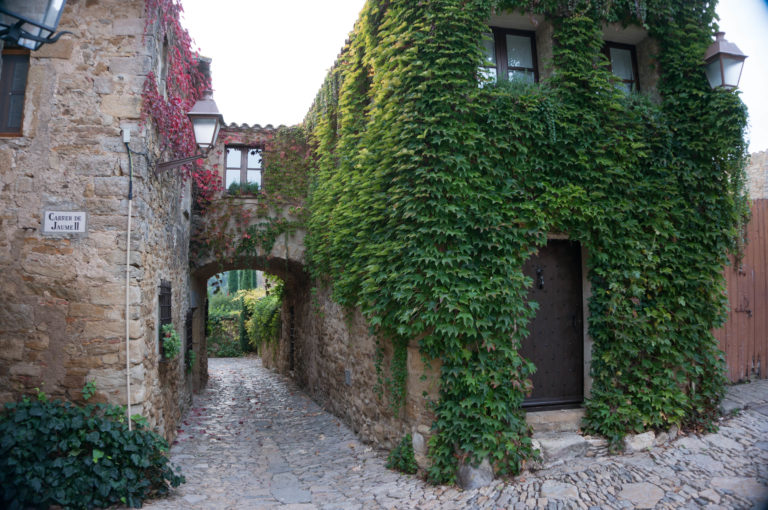
Photo: Ajuntament de Forallac
Enjoy a walk through the historical centre of Peratallada
The village of Peratallada, which has been declared a historical-artistic site and cultural asset of national interest (BCIN), is one of the most important sites in Catalonia for medieval architecture.
Of extraordinary attractiveness and beauty, it conserves its old feudal aspect with narrow cobbled streets, with many twists and turns. The tour of the village allows you to discover different perspectives of the castle–palace, the walls and a complex of popular architecture. The whole of the village is located on a large sandstone rock, to which its name of pedra tallada (carved-rock) refers. The most impressive elements are the pits and ditches of the fortifications cut into the solid rock.
Did you know that you can still enter Peratallada through the Portal de la Verge gate? This used to be the main entrance to the fortified compound in the Middle Ages.
-
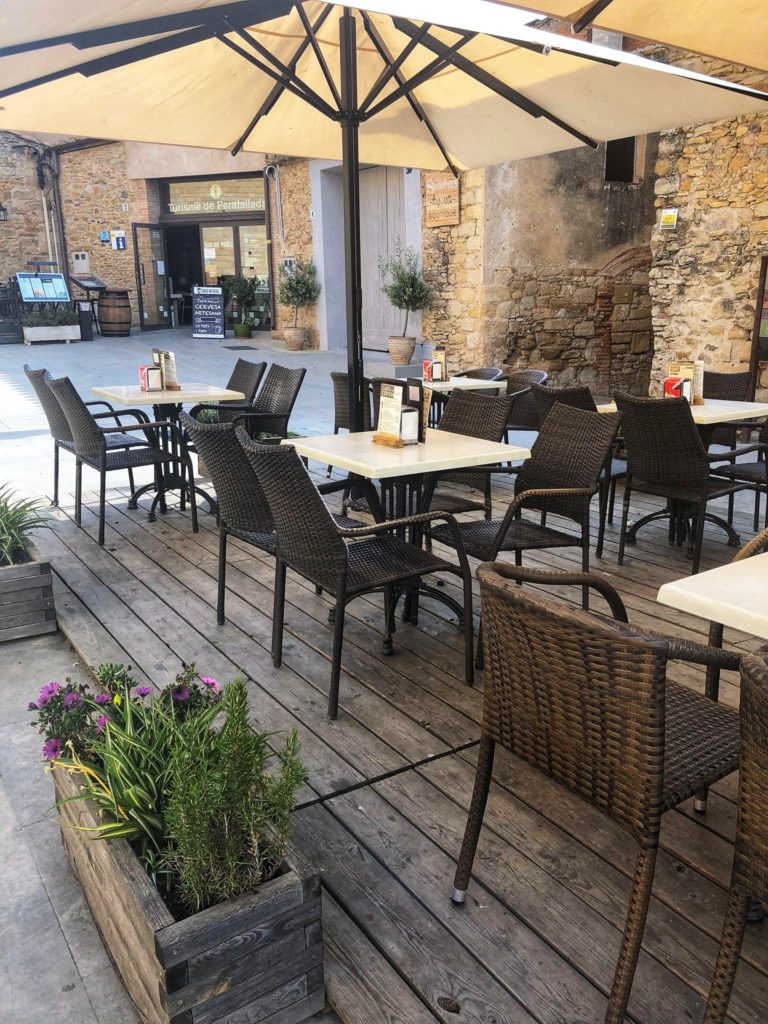
Photo: Ajuntament de Forallac
Enjoy an aperitif
Take the opportunity to have an aperitif in the Bar del Poble and relax admiring the majesty of the castle–palace which is just opposite. The Bar del Poble shares space with the Tourist Information Office and is a social space where you are guaranteed to be immersed in the life of the village
-
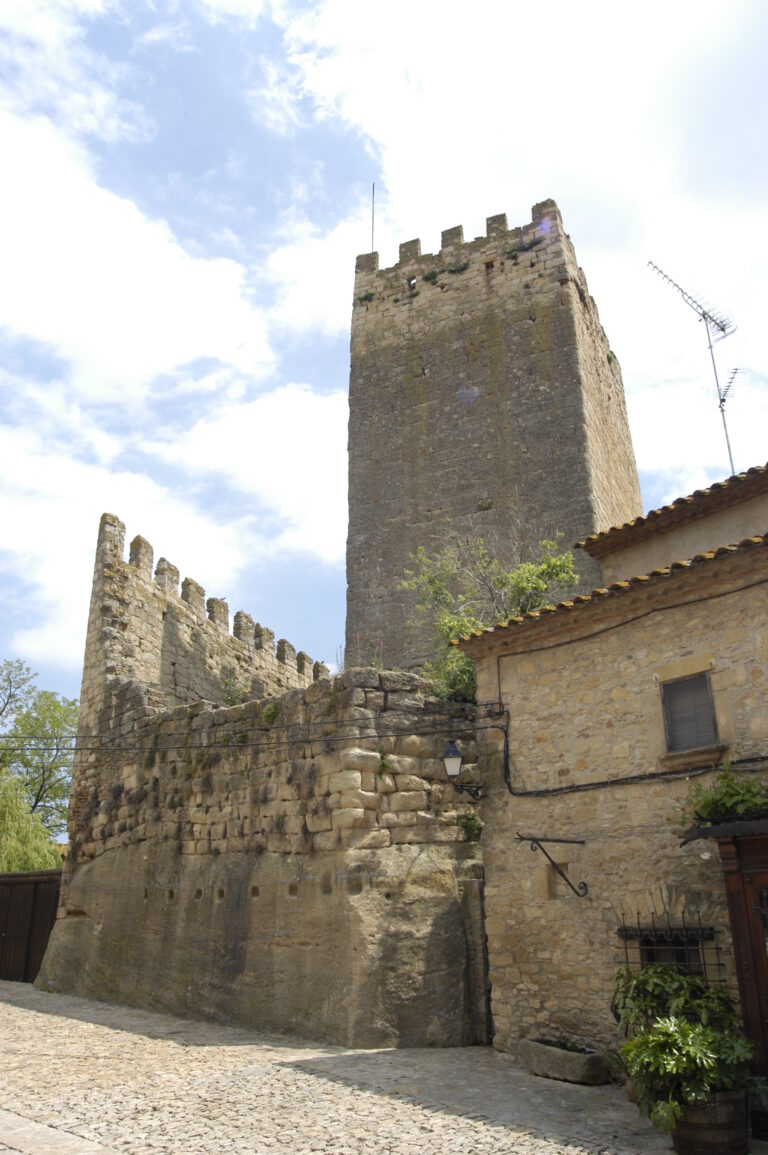
Photo: Ajuntament de Forallac
The Castle
The castle is a Romanesque-Gothic secular building dating from between the 11th and 14th centuries. Among many aspects, it stands out for its crenellations. Various restoration projects have been completed since the 1960s. The Torre de l’Homenatge, along with the walls and the castle–palace formed part of the defensive complex of Peratallada. If you visit the village, you can see how this tower is one of the most distinctive elements as it is visible from all around. The castle has also been declared a cultural asset of national interest in the monument category.
-
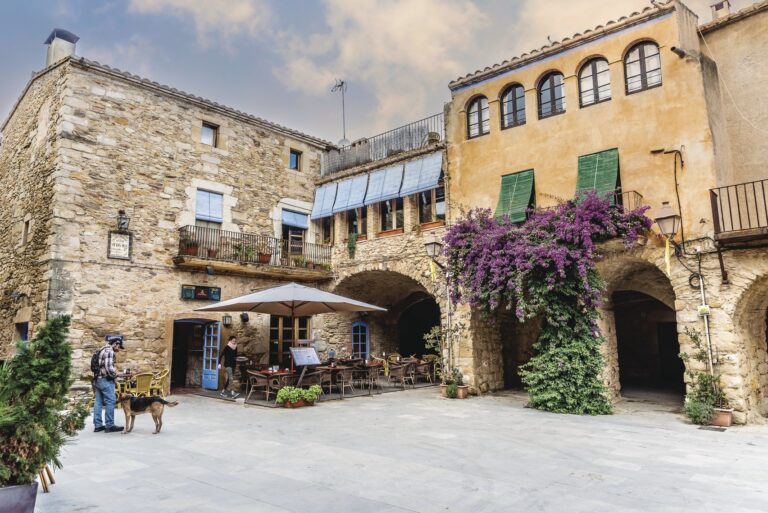
Photo: Ajuntament de Forallac
The local version of the gastronomy of the Empordà
As well as the medieval architectural wealth of the village of Peratallada, another of its undisputed attractions is the local version of the gastronomy of the Empordà in which ingredients from the garden and the sea, meat and mountain cheeses, make up a variety of contrasts and flavours, recognised by designations of origin like D.O. Empordà or the “Producte Empordà” guarantee mark. These dishes are usually presented in artisanal crockery from La Bisbal.
-
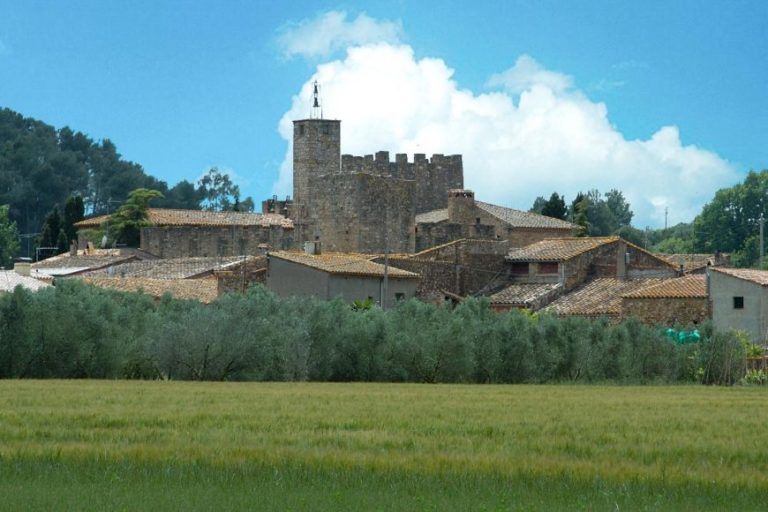
Photo: Ajuntament de Forallac
Seven ancient villages
It is worth taking the opportunity to discover some of the seven ancient villages that make up the municipality of Forallac. These are Canapost, Vulpellac, Fonteta, Sant Climent, Santa Susanna de Peralta, Peratallada and Fitor and they are all close together.
-
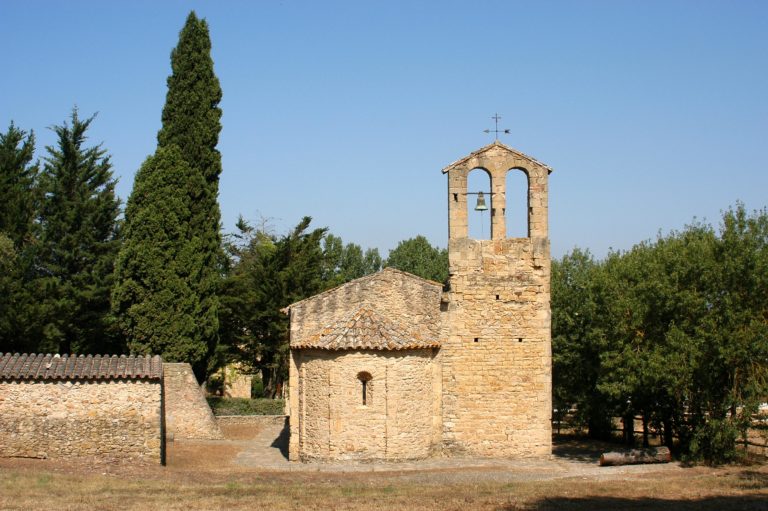
Photo: Ajuntament de Forallac
Santa Susanna de Peralta
Santa Susanna de Peralta is located to the south-west of Peratallada. From any view point, the beauty of the landscape surrounding these villages is obvious and so if you want to immerse yourself in the landscape of the Empordà, this is a good excursion. Surrounded by woods and farmland, the church of Santa Susanna in Peralta is a small and very beautiful Romanesque church with over a thousand years ofhistory. The main features that give this structure its personality are the bell gable with two round arches and the nave with a semi-circular apse. Like most Romanesque churches, its orientation obeys criteria relating to the weather. The apse faces east, towards the rising sun, and the entrance is located to the south so that it is protected from the north wind and receives sunlight during the day.
You can take advantage of your visit to see the fountain of Santa Susanna de Peralta which is a few metres from the church.
-

Photo: Ajuntament de Forallac
Vulpellac
This village has of an old part of notable architectural interest, which is structured around the complex comprising the castle–palace and the parish church of Sant Julià and Santa Bassilissa. In 2009, the General Directorate for Heritage of the Generalitat declared the old part to be a cultural asset of national interest (BCIN) in the historical complex category.
The complex preserves a good part of the typical characteristics of Catalan medieval locations. According to the text of the Government agreement, the centre “in its layout combines a series of itineraries and spaces of architectural interest that inspire contemplation and invite you to walk around the old part of this municipality”, which “makes the listing and preservation of this historical complex especially necessary”.
The village is laid out on a series of winding streets, alongside which the buildings developed.
-
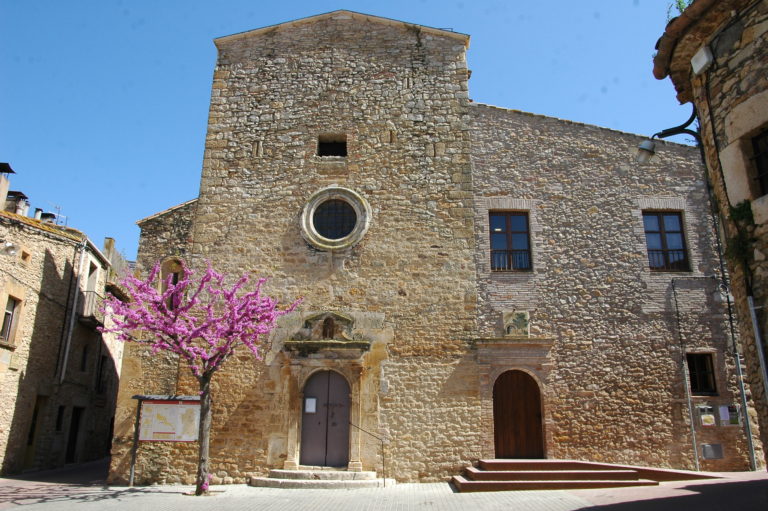
Photo: Ajuntament de Forallac
Fonteta
The village of Fonteta is located at the foot of the Gavarres massif. The built-up area comprises a compact collection of narrow streets around the parish church of Santa Maria.
The village is in a site with charm and character and is in an unbeatable location for active tourism because it is the start and end point of various cycle touring and hiking routes.
-
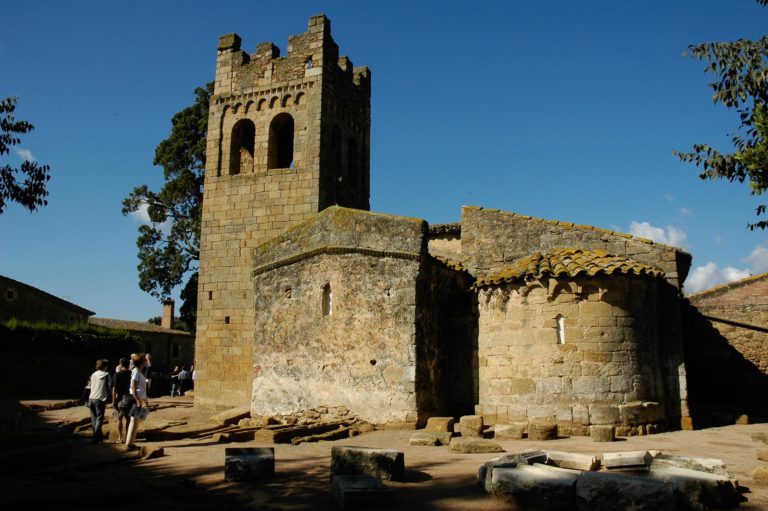
Photo: Ajuntament de Forallac
Canapost
Midway between Peratallada and Vulpellac is the medieval site of Canapost, which is made up of the church of Sant Esteve and by the medieval necropolis with important monolithic sandstone sarcophagi.
If you go to the church of Sant Esteve in Canapost, you can see the remains of a medieval cemetery discovered during the archaeological excavations carried out in this area.
-
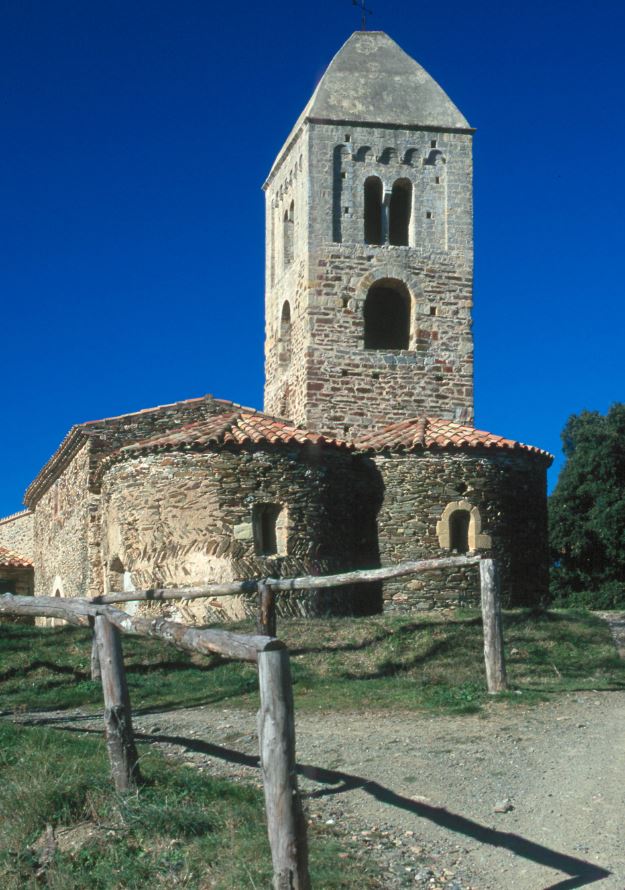
Photo: Ajuntament de Forallac
Paratge de Fitor
Fitor is located in the woods in the heart of the Gavarres and has a very distinctive charm and personality. In this area, you will find el nucli dolmènic més dens de la zona de les Gavarres, which is one of the most important in Catalonia.
A significant number of these funerary structures, made from large stone slabs, are still in a good state of preservation and a good part of their original structure remains visible. Fifteen dolmens, one menhir and various sacrificial stones are known in the Fitor area. The best known are found in the Serra de Cals hills, where the very well conserved Tres Peus dolmen, Tres Caires dolmen and Serra d’en Calç dolmen are found. They have spectacular views of the Gavarres massif. Clica aquí per veure les rutes dels dòlmens de Fitor.
The most distinctive element of Fitor, apart from its woods, paths and rivers, is undoubtedlythe church of Santa Coloma.
As well as the historical and heritage value of the megalithic tombs and the church of Santa Coloma, Fitor ofereix un entorn immillorable per a la pràctica d’activitats vinculades al turisme actiu: cycle touring, mountain biking and hiking. Fitor is a special place, in particular for those people who are seeking tranquillity.
-
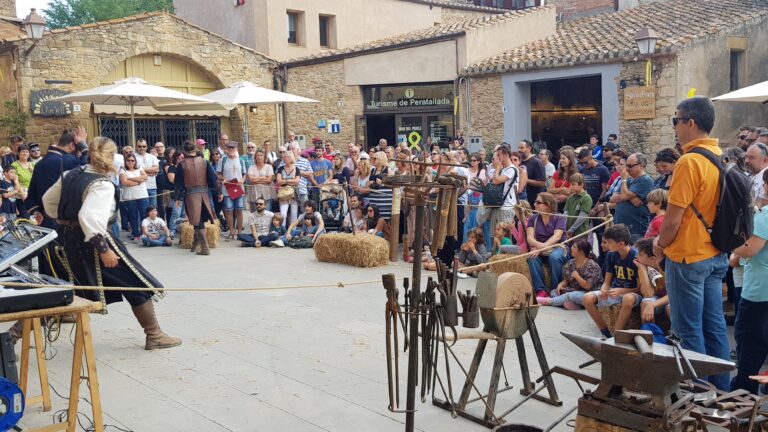
Photo: Ajuntament de Forallac
If you feel like shopping
Lose yourself in the village’s narrow streets where you will find small shops that are well worth a visit. You must try the artisanal ice cream of Pertallada and also the madeleins from Cal Tuset. At Fonteta, the curd cheese in cloth is legendary, both from cows’ milk and sheep’s .
Festivals
Peratallada Gastro Taste (March)
Festival of Herbs (April)
Festa Major (August)
Medieval Fair (October)
Christmas Market (December)
Interesting fact: Berenguer de Cruïlles, who in 1359 became the first president of the Generalitat, was born in Peratallada.
Més informació:
A proposal drawn up by the Tourist Information Office of Peratallada.
Oficina de Turisme de Peratallada
Plaça del Castell, 3
17113 Peratallada
T. +34 872 98 70 30


